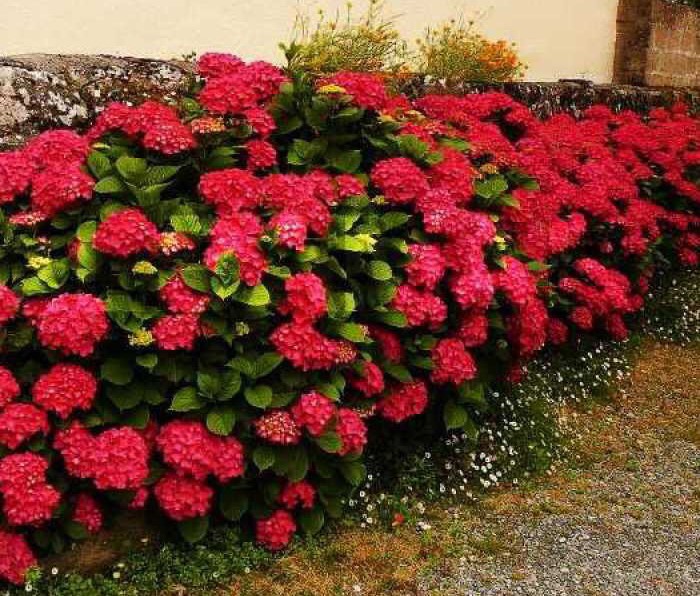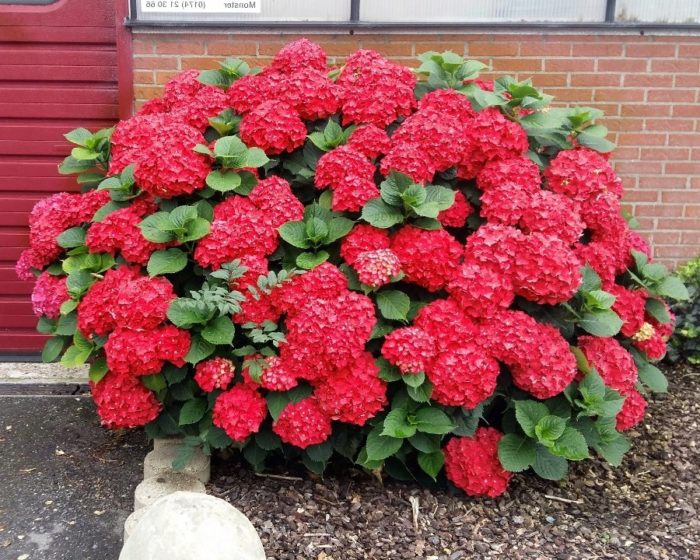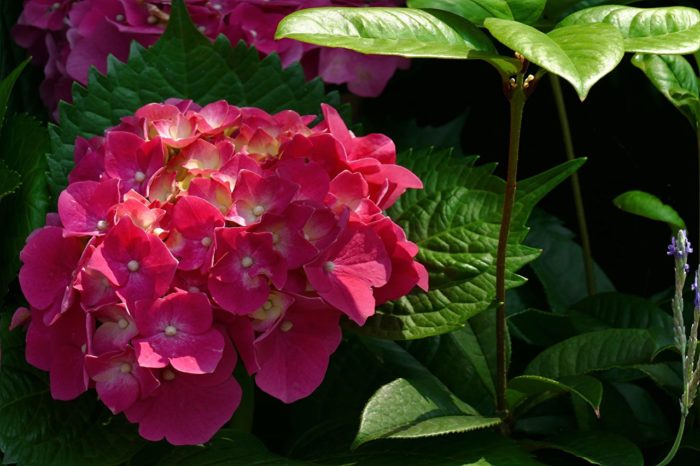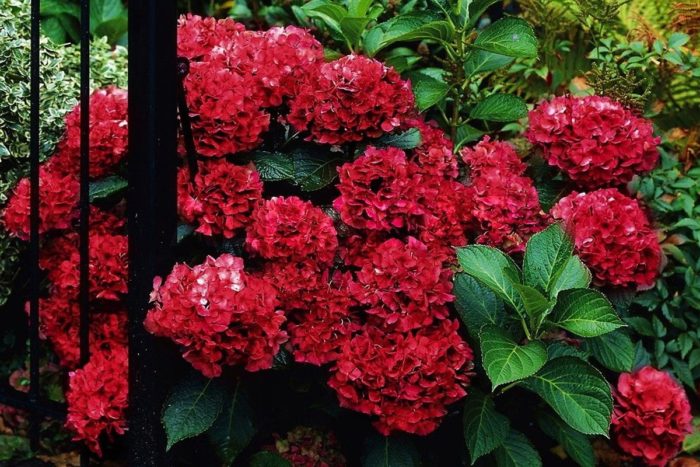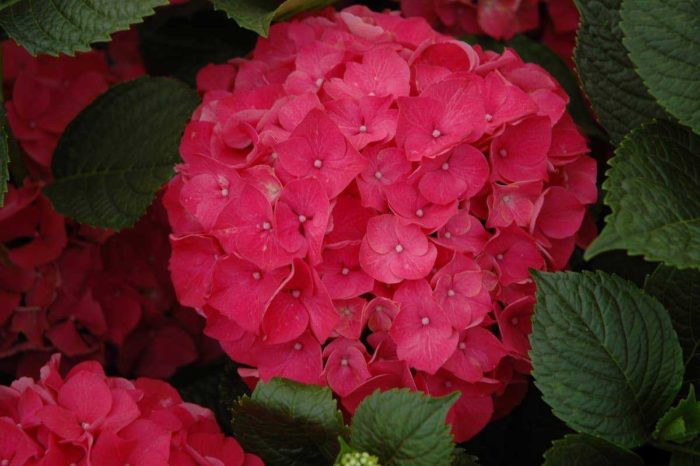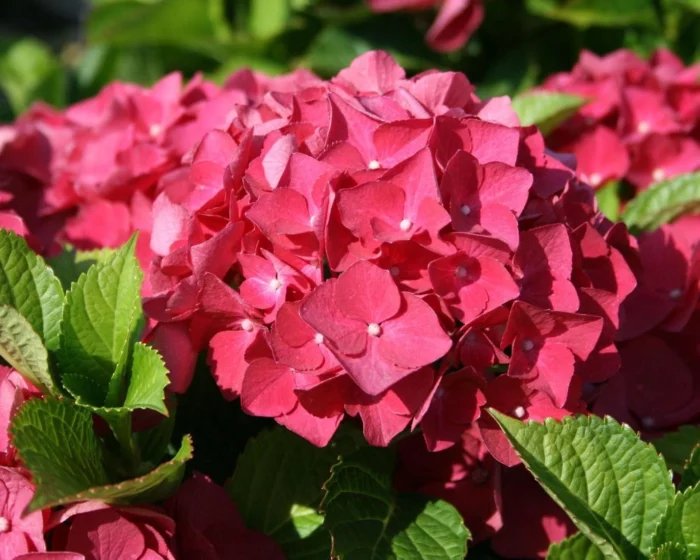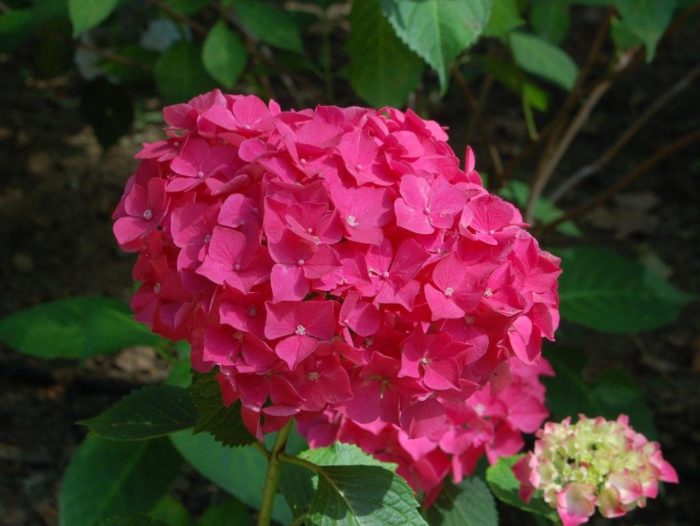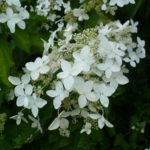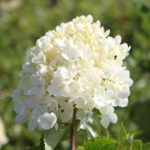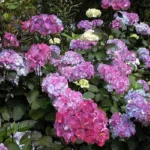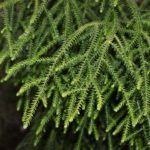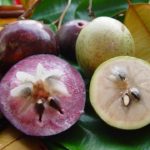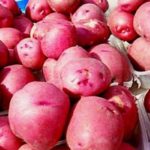Red varieties of hydrangea look very decorative. Because of this, they are often used in landscape design. Growing the plant is simple. However, to obtain lush and spectacular flowering, you still need to follow a number of recommendations. In order for the crop to look attractive for as long as possible, it is important to carry out planting work correctly. Timely watering, fertilization, and preparation for cold weather are of no small importance.
Description of the plant
Large-leaved hydrangea, which is distinguished by its rich red flowers, is a perennial shrub with powerful shoots of medium thickness. It can reach a height of 1.5-1.8 meters. In this case, the shoots are covered with large and dense leaves, which are distinguished by their oval shape and jagged edges.
Flowers usually appear on the shoots of the previous year - from July to September. At the same time, there are also remontant varieties, the flowering of which is observed on annual shoots. Large-leaved hydrangea is characterized by fairly large flowers, which include petals of different colors, including bright red. This mainly depends on the acidity parameters of the soil in which the crop is grown.
Popular varieties
Rich red color always looks very impressive. That’s why hydrangeas with such petals are always popular with gardeners. At the same time, not many hydrangeas with red buds are known today. Most of them are considered large-leaved.
Hot Red
An adult crop of this variety reaches 1 meter in height and diameter. The plant looks like a ball. This is due to straight central stems and arching side shoots. At the same time, the culture is characterized by large dark green foliage. Flowers on the plant appear on last year's shoots.
Red inflorescences are medium in size and spherical in shape. In circumference they can reach 15 centimeters. Hydrangea begins to bloom in the second half of June. This process continues until autumn.
Red Baron
This hybrid is distinguished by dark pink buds. As they bloom, they initially turn red. After which they acquire an interesting purple-red hue. This culture is considered quite early.It is medium in size and has strong stems. This hydrangea is characterized by lush green foliage. In some varieties, the core changes from light green to white.
The Red Baron variety is considered very undemanding to care. Its distinctive feature is its fairly high resistance to frost. The culture can withstand temperatures down to -20 degrees. Moreover, its flowering lasts from the first half of July until the end of September.
Red Angel
This crop is considered large-leaved hydrangea. Last year's shoots are woody, while young shoots are herbaceous. This spectacular variety has beautiful pink-red hues. At the same time, its real decoration is considered to be black-green leaves.
In order for the crop to develop well and maintain its decorative properties, it must be planted in a well-lit place. In addition, the flower needs a sufficient amount of moisture. The Red Angel variety grows well in fertile, well-drained soil. However, it does not tolerate calcareous substrate. The height of hydrangea reaches 1 meter. Indoor varieties do not exceed 60 centimeters.
Alpengluhen
This variety has pronounced decorative properties. The bush reaches a height of 1-1.2 meters and includes straight shoots of medium thickness. It is characterized by a high degree of foliage. At the same time, the plant has simple bright green leaves of large sizes.
This crop begins to bloom at the end of July. This process ends in early autumn. Red flowers appear on last year's shoots. The inflorescences are large in size and form caps up to 25 centimeters in diameter. This crop needs abundant watering. In addition, it certainly needs to be insulated for the winter.
Red Sensation
This is a fairly large crop, which in natural conditions can reach a height of 4 meters. When grown in summer cottages, it rarely exceeds 1 meter. The inflorescences of this hydrangea variety are characterized by different shades - white, blue or pink. The diameter of the bud, as a rule, does not exceed 20 centimeters.
Hydrangea can have single, double or semi-double buds. Petals are usually simple. However, sometimes they are jagged or corrugated. The flowering of the plant begins in July and ends in August.
Planting a plant
Red varieties of hydrangeas are recommended to be planted in well-lit areas. However, they must be protected from direct sunlight. In the southern regions, flowers can be planted in partial shade. However, in the northern regions you should choose only sunny areas.
The shrub does not tolerate cold north winds well, so the area for it must be protected. When choosing soil, you should give preference to a light and breathable substrate. It must have good drainage.
It is important to consider that hydrangea needs a lot of moisture. However, excess water can lead to its death. The flower should not be planted in places with high groundwater levels. Also, saline soils and places where water stagnates after precipitation or melting snow are not suitable for it.
Soil acidity parameters are of no small importance. To check them, it is recommended to use litmus papers.The best option for these plants is considered to be a weak soil reaction.
Red hydrangea seedlings are usually sold in containers. They can be planted in open soil in early spring - before the growing season begins. This can also be done in the fall. First you need to prepare the soil. The culture adapts well to moist acidic soil.
When planting a plant in the soil, it is recommended to follow these rules:
- The soil for hydrangea needs to be fed. To do this, it is worth making a substrate based on garden soil, peat and humus. After which it is recommended to mix these substances with 50 grams of mineral preparations. The composition must be placed in the recess and left for at least 2 weeks. If the soil on the site is sufficiently fertile, fertilizer is not required.
- Dig a hole. Its depth should be 40-50 centimeters and its width 40 centimeters. If the sprouts are small in size, the hole can be made smaller.
- When planting hydrangeas, it is not recommended to deepen the stem of the bush very much. It is recommended to place it in the central part of the hole, sprinkle the root with soil and lightly compact it to avoid the formation of voids.
- For some time after planting, the hydrangea needs to be watered abundantly. To increase the survival rate of the plant, it is recommended to sprinkle it with peat and sawdust.
- After planting, it is recommended to shade the shrub from direct sunlight for several days. Thanks to this, it will take root much faster.
Hydrangea can be planted alone or combined with other crops. In the second case, it is important to maintain an interval between plants of at least 1 meter in size. In order for the crop to quickly take root and begin to develop normally, it needs to be regularly watered and fed.With adequate care, bright and large inflorescences quickly appear on the plant.
Aftercare
Caring for red varieties of hydrangea is quite easy. When growing crops in open soil, it is important to choose the right planting location. In addition, the flower needs systematic watering and fertilization. A little pruning is important. If the shrub is left in open ground for the winter, it must be insulated. Otherwise, there is a high probability of its death or lack of flowering.
Watering and fertilizing
In Latin, hydrangea is called "Hydrangea". This word translates as “water vessel.” This is not surprising, because the culture is considered unusually moisture-loving. However, excessive watering only causes harm to the plant.
In conditions of insufficient natural humidity and lack of rain, it is recommended to water the flower at least once a week. In this case, 10 liters of water are required for an adult bush. At the flowering stage, this amount should be doubled. It is recommended to water the flower only with rainwater. Tap water has increased hardness, which negatively affects soil acidity parameters.
Hydrangea also needs regular fertilization. In this case, it is recommended to use special drugs that have a prolonged effect. These include such products as “Pokon”, “Fertika” and others. Such substances can be purchased at special gardening stores.
Hydrangea can also be fed with ordinary fertilizers - organic and mineral. It is recommended to do this several times during the season. It is important to follow the following schedule:
- In early spring, hydrangea needs urea.In this case, you need to prepare an aqueous solution of the product. For 1 square meter it is worth using 30-35 grams of the drug.
- At the budding stage, the flower needs potassium salt and superphosphate. They also need to be added in the form of an aqueous solution. It is recommended to take 20-30 grams of each substance per 1 square meter. After 15 and 30 days, the application of these fertilizers must be repeated.
- After the end of the flowering period, the hydrangea can be fed with rotted manure or humus. It is recommended to use 10-15 kilograms of such substances for 1 bush.
Trimming
Large-leaved hydrangea varieties do not require frequent pruning. This procedure can be carried out as a sanitary procedure to get rid of dry or broken shoots. In addition, a rejuvenation procedure should be carried out every 4 years. To do this, it is recommended to trim all shoots 35-40 centimeters from the surface of the earth.
If the bush is very thick, you can remove individual old shoots. They need to be cut off at the root. It is recommended to prune hydrangeas in early spring. This should be done before the beginning of the growing season.
Preparing for cold weather
Hydrangea is considered not a very frost-resistant plant. It needs to be insulated for the winter. Thanks to this, the crop will be able to withstand the cold and gain strength for the next flowering.
Before frost, the crop should be insulated with available materials. It is also permissible to use fallen leaves for this purpose. To protect the buds, it is recommended to bend the stems to the ground. Don't worry about flexible shoots breaking.
Pest Control
The appearance of parasites on large-leaved hydrangea varieties is associated with improper care. One of the most common types of pests found on these bushes is aphids.Significant accumulations of these insects can lead to a noticeable weakening of the crop. In such a situation, it is recommended to treat shrubs with insecticidal preparations. As a rule, aphids hide on the back of the leaves. If insect colonies are small, they can simply be washed off with soapy water or plain water.
Hydrangea may also suffer from spider mite attacks. These microscopic insects feed on the sap of young shoots. These pests can be identified by the thin web that envelops the upper fragments of the shoots. To cope with these parasites, it is recommended to use special agents called acaricides.
Reproduction
Red varieties of hydrangeas can be propagated using various methods. The most effective of them include the following:
- Cuttings – green cuttings are most suitable for propagating hydrangeas. It is recommended to take them from annual shoots in mid-summer. Such shoots should be placed in water or planted in a special substrate. After the roots have formed, they need to be moved to individual containers for growing. It is worth noting that green cuttings root quite well.
- Dividing the bush - at the beginning of spring or after flowering, adult bushes of large-leaved hydrangeas can be divided into parts. To do this, it is recommended to dig them out of the ground and cut or divide them into several fragments. At the same time, shoots with roots must be present on each of them. After dividing, fragments of the bush must be immediately rooted in a new place. It is worth noting that dividing the bush not only helps to propagate hydrangeas, but also contributes to the rejuvenation of the bush.
- Layering from the mother crop - with the arrival of spring, you need to select one of the most flexible side shoots and bend it to the ground. After which it needs to be sprinkled with soil. With systematic moistening, the buried layer will begin to form its own root system. After wintering, it needs to be cut off, carefully pulled out of the ground and moved to a new area.
It is also possible to propagate hydrangeas by seed. However, this method takes a long time. Therefore, it is usually used for scientific purposes. At the same time, flower growers prefer faster and more reliable vegetative methods.
Application
Red varieties of hydrangea are very often used in landscape design. In summer cottages or in city squares, the crop can be planted alone. The plant is also great for forming a hedge. With his participation, you can create bright and effective compositions.
These types of hydrangeas go well with junipers and blue spruces. The crop can be planted along paths or in shady areas of the garden along with herbaceous perennials and barberry.
Red hydrangea is a rather spectacular crop, which is often used to decorate summer cottages. At the same time, quite a few varieties of such plants are known today. In order for the crop to always look decorative and not be attacked by pests, it is important to provide it with complete and high-quality care. The flower needs to be watered and fed in a timely manner. Proper preparation of red hydrangea varieties for winter is also of great importance.

